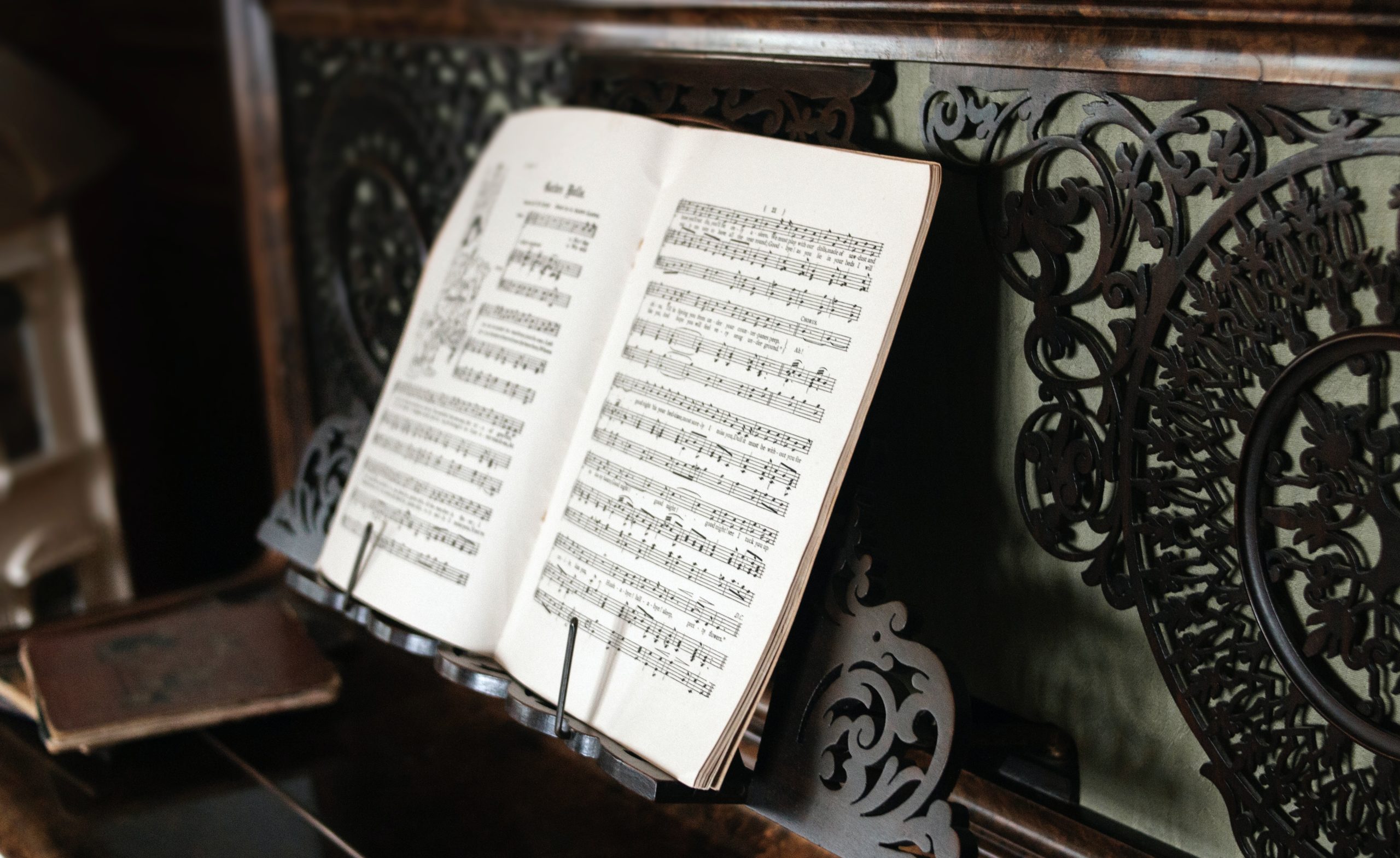For pianists, working as a collaborative pianist can be a well-paying and flexible job option. Accompanying gives you the opportunity to experience various performance settings without being front and center. Apart from the experience, collaborating can become a successful career or side-hustle. Before deciding to jump into accompanying, here are a few things to consider.
As someone who has been working as a collaborative pianist for over a decade, I’d be happy to work with you on technique, your ability to sight read, and more. Get in touch if you are interested in piano lessons in West Chester, PA – I’d be happy to hear from you.
Is There a Difference Between “Accompanist” and “Collaborative Pianist”?
No! In reality there is no difference whatsoever between an accompanist and a collaborative pianist. The terms are interchangeable. Depending on who you talk to or work with, you will be referred to as an accompanist, collaborative pianist, or even keyboard/keyboarder. Some people would say there is a stigma that “accompanist” refers to a less qualified individual. This is not the case, and holds no validity. You can market yourself as either an accompanist or a collaborative pianist depending on your preference.
What Does an Accompanist Do?
Accompanists collaborate with vocalists, instrumentalists, and other musicians. They work in a variety of settings from single gigs to weekly lessons. If you are a college piano student looking for something to bring in a few extra dollars, accompanying fellow musicians in their lessons and recitals is a great introduction to the profession. Theatres and dance companies also hire accompanists to play for rehearsals and performances. Being a strong sight reader and being able to follow others’ leads are important skills as an accompanist. As an accompanist you are supporting the lead musician.
What is the Going Rate For a Piano Accompanist?
The average accompanist is paid between $30-50 per hour, but your rate will vary depending on environment and experience. Accompanying can be a great side job to support your main source of income.
If employed with a salary, a high-end institution may be able to offer between $30,000-45,000 a year (note that steady collaborative piano jobs at universities aren’t necessarily your typical 40 hour work week, like an office job). Salaried positions would be in music conservatories or universities where expectations are high.
How Much Should a Church Pianist Get Paid?
Many times, aspiring musicians studying at a conservatory find working as a church pianist to be a rewarding venture. Paid experience is any student’s dream, as is an easy paycheck for a veteran musician. The amount varies greatly depending on what part of the country you live and the size of the church. Rates go from as low as $9,000 a year to $40,000 a year. Obviously, mega churches with thousands of attendees can afford to pay more than a small community church (if they pay at all). There is not a set rate for church pianists, because of how different each church can be.
Whether you are a professional musician or a student, accompanying is a great way to make money on the side while practicing your profession. Get in touch for piano lessons in Downingtown or piano lessons in Coatesville, and we can work through popular collaborative piano literature so that you’re ready to take gigs when the time comes.
